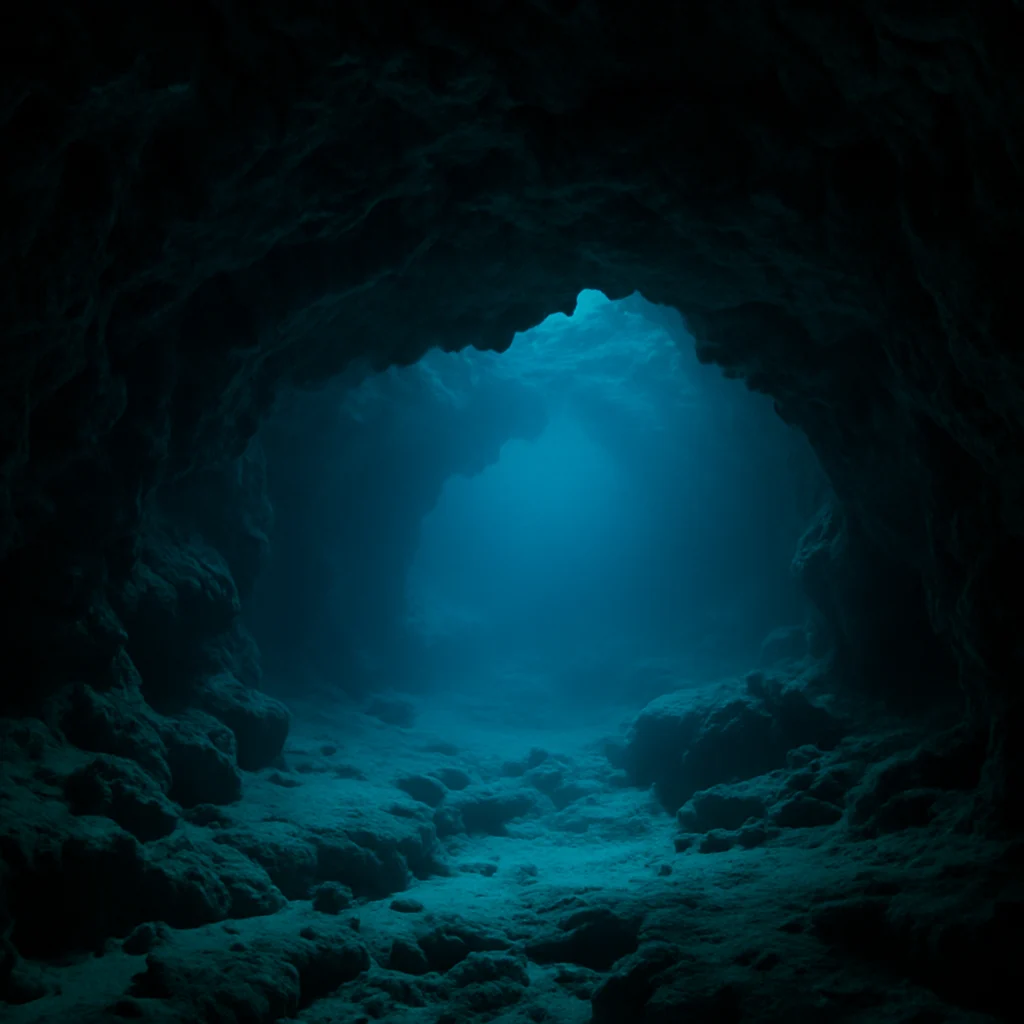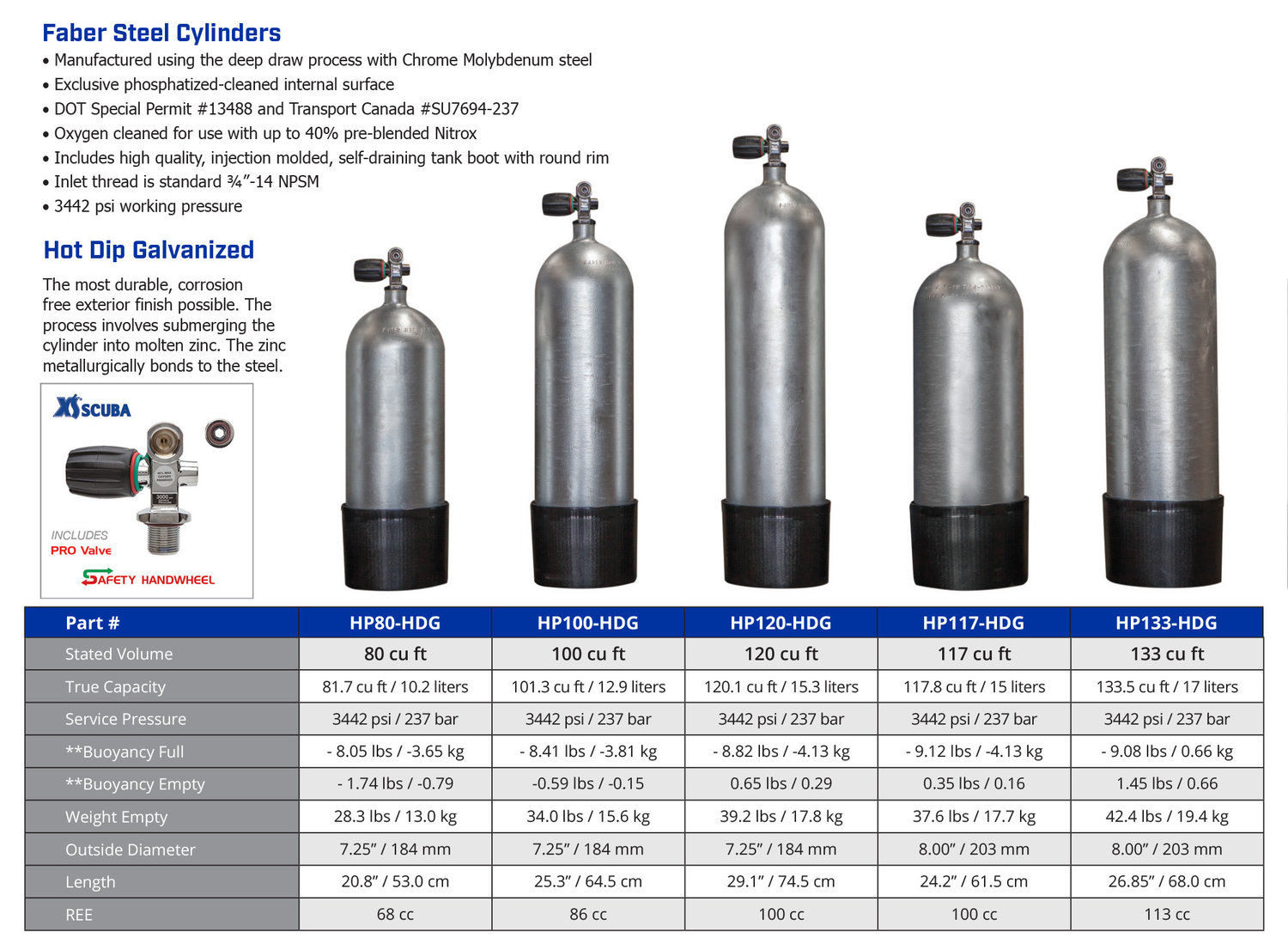Lost Forever in Spring Run Cave: The Chilling Story of George Matthews’ Final Dive


| Incident Location | Diver Name (Deceased) |
|---|---|
| United States, Washington County, Florida, Spring Run Cave(Patters Spring) | George Matthews |
Two young explorers set out on an exciting underwater adventure deep in the heart of Spring Run Cave, located in Washington County, Florida. With limited experience and only basic diving gear, they ventured into a world where darkness and silt soon overwhelmed them. Navigating without a guideline, and using only a single dim light, their dive took a terrifying turn.
One wrong move led them into the maze-like tunnels of the cave. As time passed and their air dwindled, they found themselves lost, and what happened next became a haunting reminder of the dangers hidden beneath the surface.
Understanding the World of Cave Diving
What is Cave Diving?
Cave diving is a specialized form of underwater diving carried out in water-filled caves. It’s undertaken for various purposes:
- As an extreme sport
- For scientific exploration
- During rescue missions
While some divers might hold their breath or rely on surface-supplied air, most cave diving is done using scuba gear, including sidemount or backmounted tanks for redundancy and safety.
Cave diving is considered technical diving because surfacing for air is not always an option. Planned decompression stops are often required, making it far more complex than recreational diving.
Cave Diving vs. Cavern Diving
Cavern diving is limited to parts of the cave where divers can still see natural light and the exit. Specific distance restrictions from open water are often imposed by diving schools to maintain safety.
Spring Run Cave: A Hidden Gem in Florida
A Natural Wonder
Spring Run Cave is one of Florida’s hidden treasures, offering an unforgettable experience for divers, snorkelers, and explorers alike. It showcases:
- Crystal-clear water from an underground aquifer
- A steady water temperature of 72°F year-round
- Underwater views that can stretch for hundreds of feet
Florida springs, including Spring Run, are globally recognized for having some of the purest, clearest waters due to natural filtration through limestone rock.
A Place for Exploration
Surrounded by dense forests and located near state parks, this site attracts both experienced divers and casual visitors. The cave system stretches over 200 feet deep, inviting divers seeking either adventure or scientific discovery to uncover the mysteries below.
The Fateful Dive: October 3rd, 1985
The Divers: George Matthews and John Horton
On a Thursday afternoon, George Matthews (22) and John Horton entered Spring Run Cave. Matthews had recently become a certified open-water diver with only 11 logged dives. Horton, on the other hand, had no formal diving experience at all.
Despite their inexperience, the pair was drawn by the thrill of exploring the unknown. Unfortunately, they lacked the knowledge, training, and equipment that cave diving demands.
Critical Gaps in Training and EquipmentLack of Preparation
Neither diver had taken a cave diving course or completed a practice dive in a controlled environment. They were unfamiliar with vital safety practices, including:
- Creating a detailed dive plan
- Using clear underwater communication
- Attaching a guideline to navigate back
Inadequate Diving Gear
Their gear was dangerously insufficient for the environment:
- Single 80 cu ft tank each — too little for cave diving
- No backup regulators
- One low-powered flashlight between them
- No diving computer or guideline rope
- No redundancy systems, such as extra diving masks or diving suits suited for the cold

In professional cave diving, divers typically carry three lights, multiple tanks, and use a secured guideline at all times.
Descent into Darkness
Entering the Cave
At around 1:30 p.m., Matthews and Horton entered the clear waters of Spring Run Cave. As they descended, the environment became increasingly unfamiliar. The beauty quickly turned ominous, with silty water and tight spaces replacing clarity and openness.
They swam about 300 feet inwards and reached a depth of 80 feet. As they moved deeper, they unknowingly stirred up silt — a diver’s worst enemy in cave environments.
Disaster Strikes
The stirred-up silt clouded the water, reducing visibility to zero. Horton signaled to turn back, but Matthews, the more experienced diver, disappeared in the murky water.
Darkness in caves is absolute. Without sufficient lighting or guidelines, divers can become quickly and hopelessly lost.
A Desperate Escape
Horton Alone
In complete darkness and panic, Horton swam frantically in every direction. Disoriented, he bumped into cave walls, unsure where he was or how to escape. Miraculously, he found a fixed line left behind by previous divers.
Following it, he finally spotted a faint light — the entrance to the cave. With only 500 PSI of air left, Horton made it to the surface, narrowly escaping death.
Rescue Efforts and Tragic Discovery
The Search for Matthews
Once Horton surfaced, local authorities were immediately notified. A search and recovery team composed of experienced cave divers entered the cave, aware of the extreme risks.
They conducted three separate search attempts. Visibility was severely limited, and the cave’s layout added complexity to the operation.
Matthews Found
On Friday at 12:45 p.m., Matthews’s body was located 249 feet into the cave and 70 feet below the surface. It was clear he had tried to escape but became hopelessly lost in the confusion.
